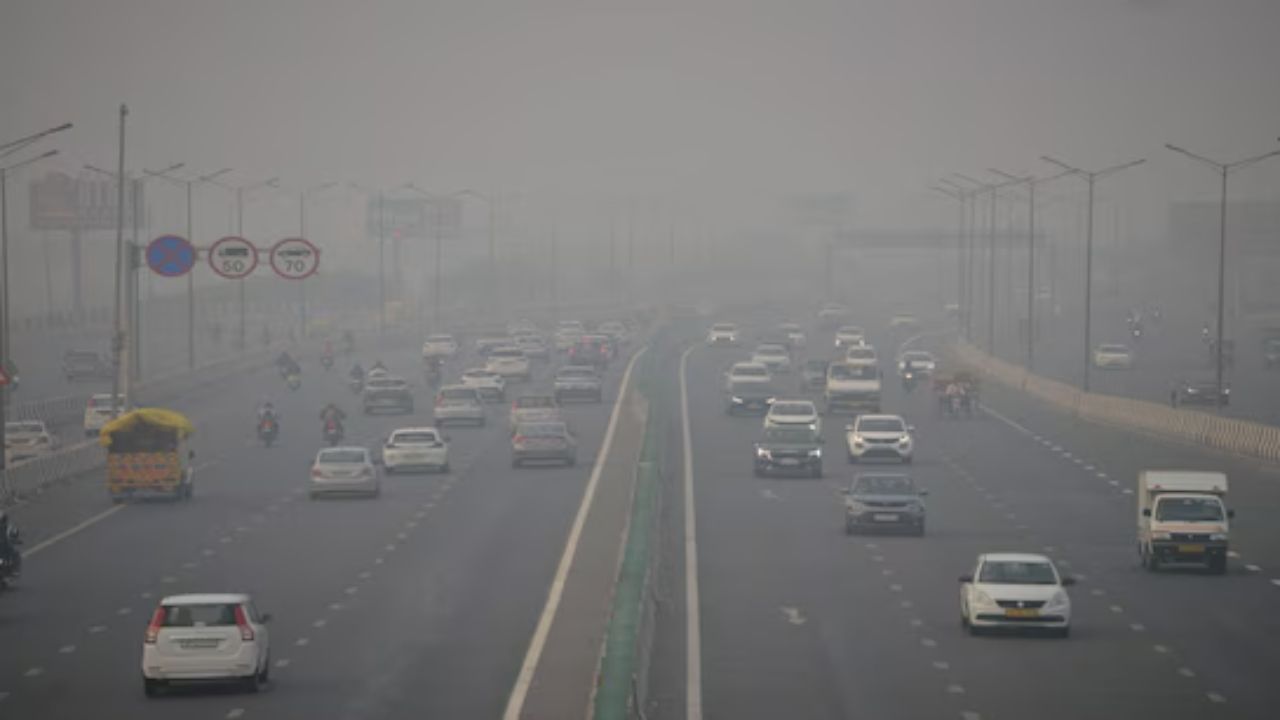As air quality worsens in Delhi-NCR, with AQI crossing 400 in some areas, the government enforces GRAP Phase 2. Measures include road cleaning, construction dust control, and increased public transport to combat severe pollution levels before Diwali.

Delhi Chokes as AQI Soars
New Delhi: Delhi-NCR is once again reeling under severe air pollution. Air quality is rapidly deteriorating, especially ahead of Diwali. On Sunday, air pollution levels saw a sudden spike, with the Air Quality Index (AQI) exceeding 301 in many areas.
Consequently, the government has implemented Phase 2 of GRAP to improve air quality. GRAP, or Graded Response Action Plan, is a plan implemented in phases when air quality progresses from poor to very poor and then severe.
Diwali 2025: Beyond India, these countries also celebrate Festival; Click here to know
On Sunday, the average AQI in Delhi by 4 pm was 296, which falls in the "poor" category, but in some areas, the figure was close to 400, indicating "very poor."
For example, Anand Vihar recorded an AQI of 430, which falls in the "severe" category. Additionally, areas like Wazirpur, Vivek Vihar, Dwarka, and RK Puram also experienced AQI levels above 300.
In this situation, the implementation of the second phase of GRAP became necessary. This phase imposes several strict restrictions to control pollution. These include:
Daily or alternate-day mechanical cleaning of roads and water sprinkling. Strict enforcement of necessary dust control measures at construction sites.
Increasing the frequency of CNG and electric buses and the metro is necessary to encourage people to use fewer private vehicles. Increasing parking fees is necessary to reduce the use of private vehicles.
From Olympic Medals to Young India Country Award: Manu Bhaker’s inspiring journey in pictures
All these measures aim to improve the city's air quality to some extent. But unless people themselves take precautions and avoid activities that cause pollution, it will be difficult to see significant improvement in the situation.
This government effort is necessary, but it cannot be effective without the awareness and cooperation of the general public.